What is Beta Glucan?
Beta Glucan from Black Yeast It is a type of dietary fiber and polysaccharide. Beta-glucan is present in the cell walls of yeast and filamentous fungi, as well as in mushrooms (reishi, button mushrooms, etc.). The described black yeast beta-glucan is obtained from the black yeast species Aureobasidium. (Latin name: Aureobasidium pullulans)
If black yeast is cultured under special conditions It produces a gel-like substance. which is rich in quality beta glucan Solution used for culture Aureobasidium (black yeast) has official food additive status (paragraph) in Announcement No. 120 of the Ministry of Health and Welfare of Japan (delete number 1) (currently Ministry of Health) Labor and Welfare) *On April 16, 1996 (This announcement was published in Royal Gazette issued by the Ministry of Finance of Japan)
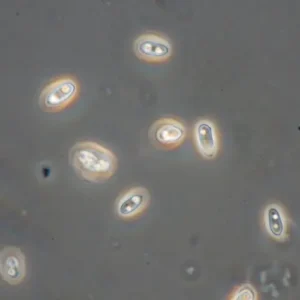
Types of Beta glucan
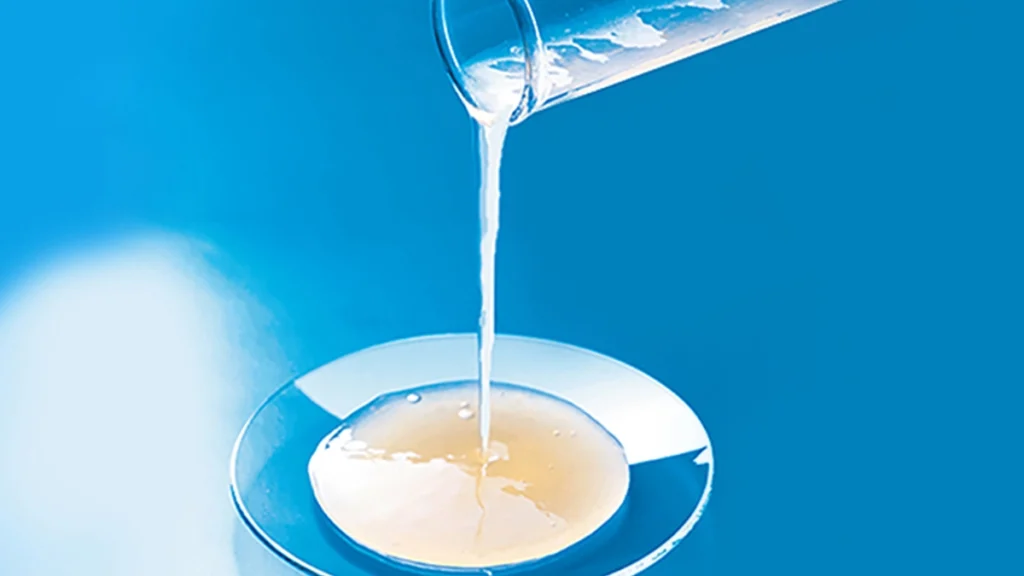
Black Yeast
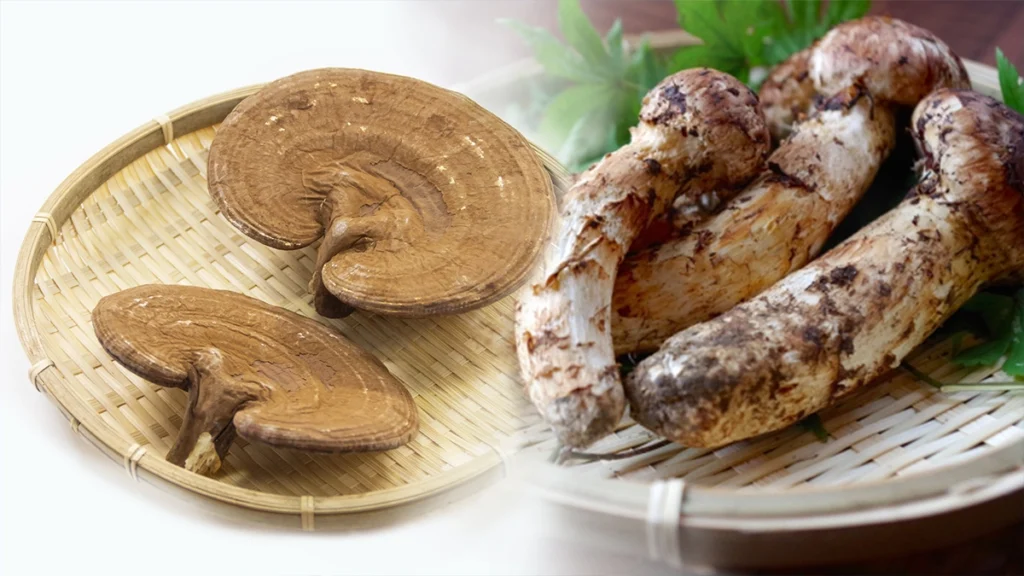
Mushroom
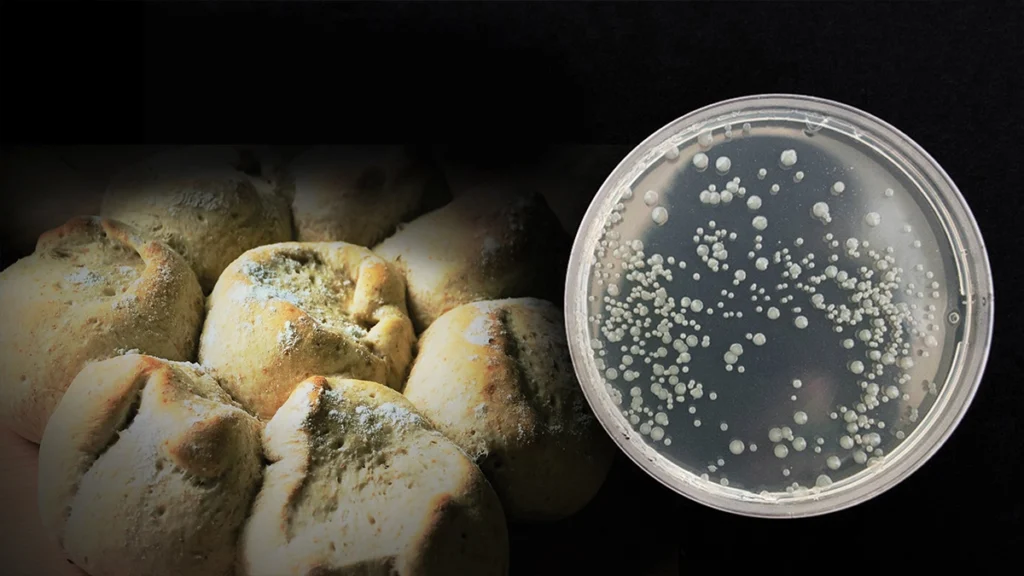
Bread Yeast
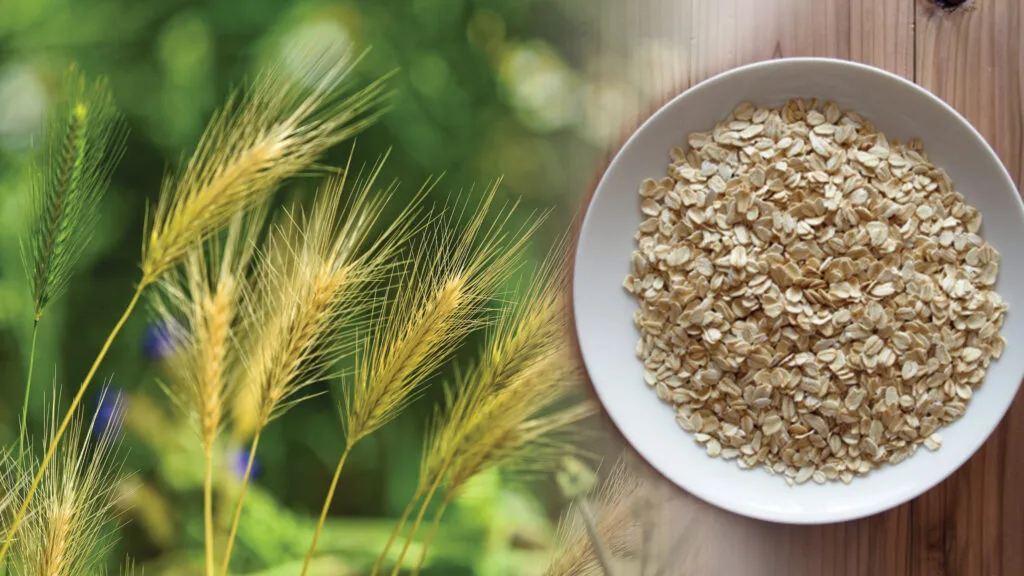
Grains

Seaweed
Black Yeast
Characteristics of beta-glucan from black yeast, Aureobasidium species.
Beta-glucan from black yeast in terms of important farming properties through specific technology And there is no need to pass a high-performance inspection… Glucan from black yeast requires a natural, unprocessed and highly safe dietary supplement.
Natural farming methods This ensures that the product is gentle on the body.
In the early 50s of the Showa era, a gel-like substance was accidentally discovered in raw sugar obtained from sugarcane during the production of soft drinks. Upon examination, it was found to be a dietary fiber produced by black yeast and a type of polysaccharide. After that, research into breeding methods took place. And we succeeded in creating “Cultivation of black yeast, Aureobasidium species,” which is 10 times richer in beta-glucan than button mushrooms, was considered a new issue at that time. and beta-glucan from black yeast, Aureobasidium species. It has been born since then. The health food supplement “Aureo Beta Glucan from Black Yeast” was developed from the desire to make beta glucan from the black yeast species Aureobasidium. This wonderful It is widely known throughout the world.


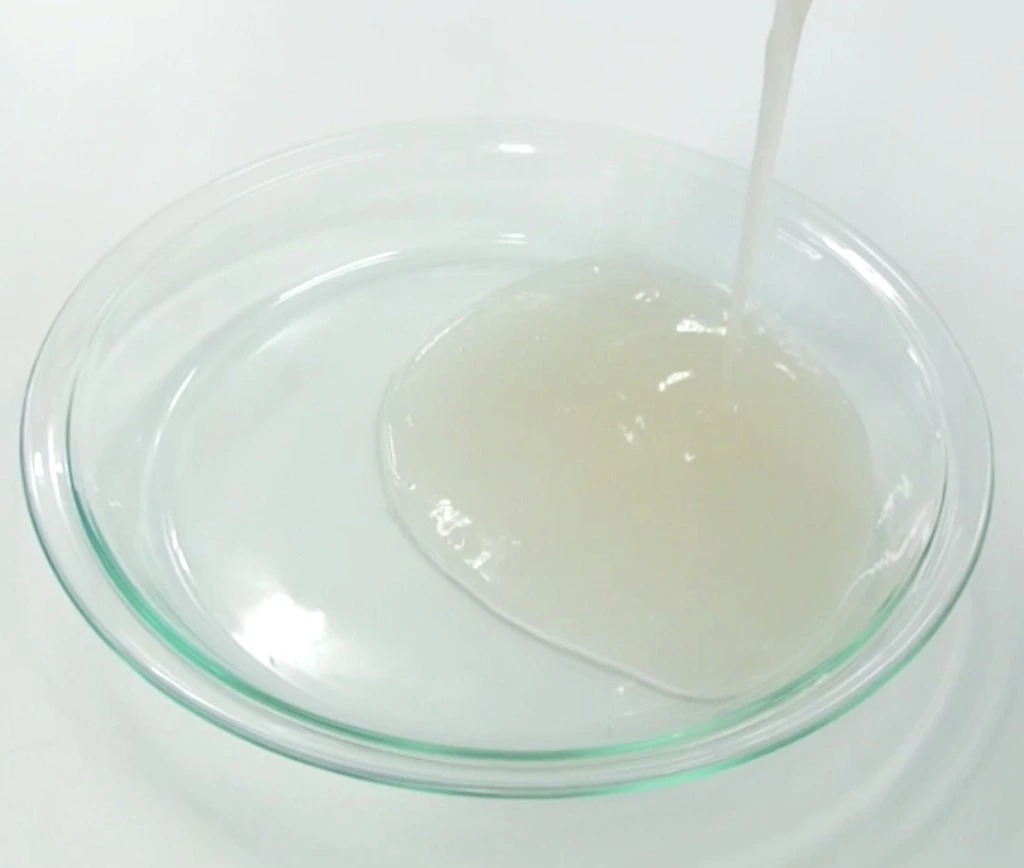

It looks like a gel. Gentle on the body and easy to drink.
When black yeast Aureobasidium It is cultivated under special conditions using specific biotechnology. Black yeast creates a gel-like substance, so Aureo Beta Glucan is very watery with gel being its main ingredient. This gel contains a large amount of β-1,3-1,6 glucan and is gentle. to the body There are no preservatives or preservatives of any kind. Both the elderly and children can drink with confidence. It also has high moisturizing properties. and is an excellent ingredient for making cosmetics
Structure of Beta glucan Aureobasidium species
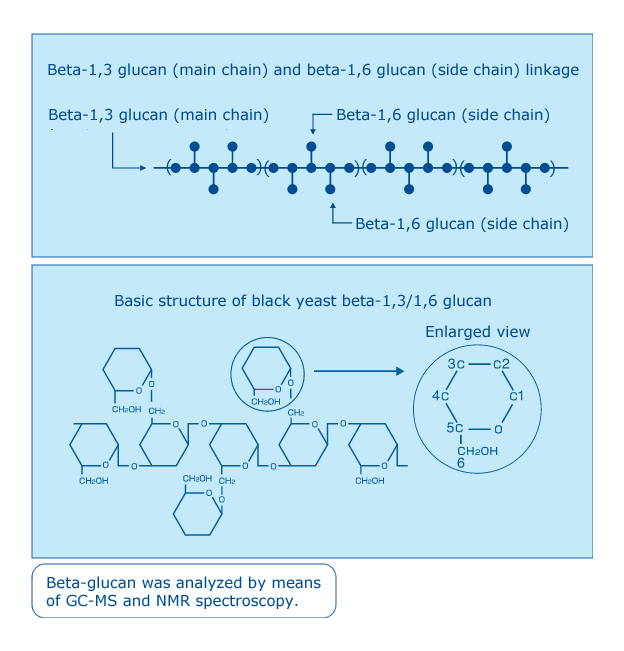
Beta-glucan is a type of polysaccharide which is made up of many linked glucose molecules. smallest unit of sugar called monosaccharides or a single sugar molecule Two monosaccharides are called disaccharides. And monosaccharides connected to 10 or more are called polysaccharides. Monosaccharides are glucose and fructose, disaccharides are sucrose (commonly called ‘sugar’), and polysaccharides are glucans and dextrins.
Glucans are divided into two types based on how glucose is linked: alpha-glucan and beta-glucan. The structure of black yeast beta-glucan is unique. It consists of a trunk (main chain) with many branches (side chains). The structure of the trunk is ‘1,3’ and the structure of the branches is ‘1,6’. Therefore, it is called beta-1,3-1,6 glucan.
Announcement No. 120, Ministry of Health and Welfare of Japan

* Food additives derived from natural ingredients are specified in Notice No. 120 of the Japanese Ministry of Health and Welfare. Such additives are officially classified as 'Natural food additives'
Solution from the culture of black yeast, Aureobasidium species. It has official food additive status. In Announcement No. 120, the Ministry of Health and Welfare of Japan (Current Ministry of Health, Labor and Welfare) on April 16, 1996 (This announcement was published in Royal Gazette issued by the Ministry of Finance of Japan) has the following content:
Note: Announcement No. 120, Ministry of Health and Welfare of Japan. Verify the safety of the product as food, but do not indicate that the product is a listed health food. (i.e. performance not verified)
Information about the black yeast culture solution, Aureobasidium strain
| Food additives name | Aureobasidium culture solution (main component: β 1,3 / 1,6 glucan) |
|---|---|
| English name | Aureobasidium Beta Glucan |
| Origin, manufacturing method, essence | Obtained from the culture solution of black yeast (Aureobasidium pullulans). The main component is β 1,3-1,6 glucan. |
| Usage (operation) | Stable viscosity substance. // Thickening stabilizer |
| Product overview | A viscous liquid derived from sterilizing the culture solution of Aureobasidium pullulan (black yeast). The main component is a polysaccharide called β-1,3-1,6 glucan, consisting of the main chain (β 1,3) and side chain (β 1,3), present in mushrooms and mushroom extracts. It has attracted attention as a healthy food in recent years. This product is produced by culturing microorganisms, which is an efficient method for producing polysaccharides. |
| Description | Yellow liquid |
| Features and characteristics | It is viscous, heat resistant, acid resistant and salt resistant. It has a slightly sour taste and a pleasant aroma. It is used as a thickener and can be expected to be used as a flavor masking agent or to have a positive effect on health. |
| Solubility | Easily soluble in water, insoluble in ethanol and fats and oils. |
| Precaution | Refrigerated after opening. |
| Storage precautions | Store in a cool, dark place or refrigerate. |
| Main target food | Food that may use this product, drinking water, sauces, bread, Japanese and Western desserts, bean flour, frozen desserts, processed meat and fish, noodles, vegetable preserves, jam, pastries, rice cakes or puffed rice, soft candies, film-type food, seasonings, etc. |
| Remark | *This table is excerpted from “Annotations to the List of Existing Food Additives” published by the Japan Food Additives Association in 1999. It lists 489 “food additives made from natural ingredients” approved by the Ministry of Health, Labor and Welfare (currently Ministry of Health, Labor and Welfare) of Health, Labor and Welfare) of Health, Labor and Welfare) of Health, Labor and Welfare) of Health, Labor and Welfare) of Health, Labor and Welfare) of Health, Labor and Welfare) of Health of Health, Labor and Welfare) ), with detailed information on their essence, properties and uses. |
